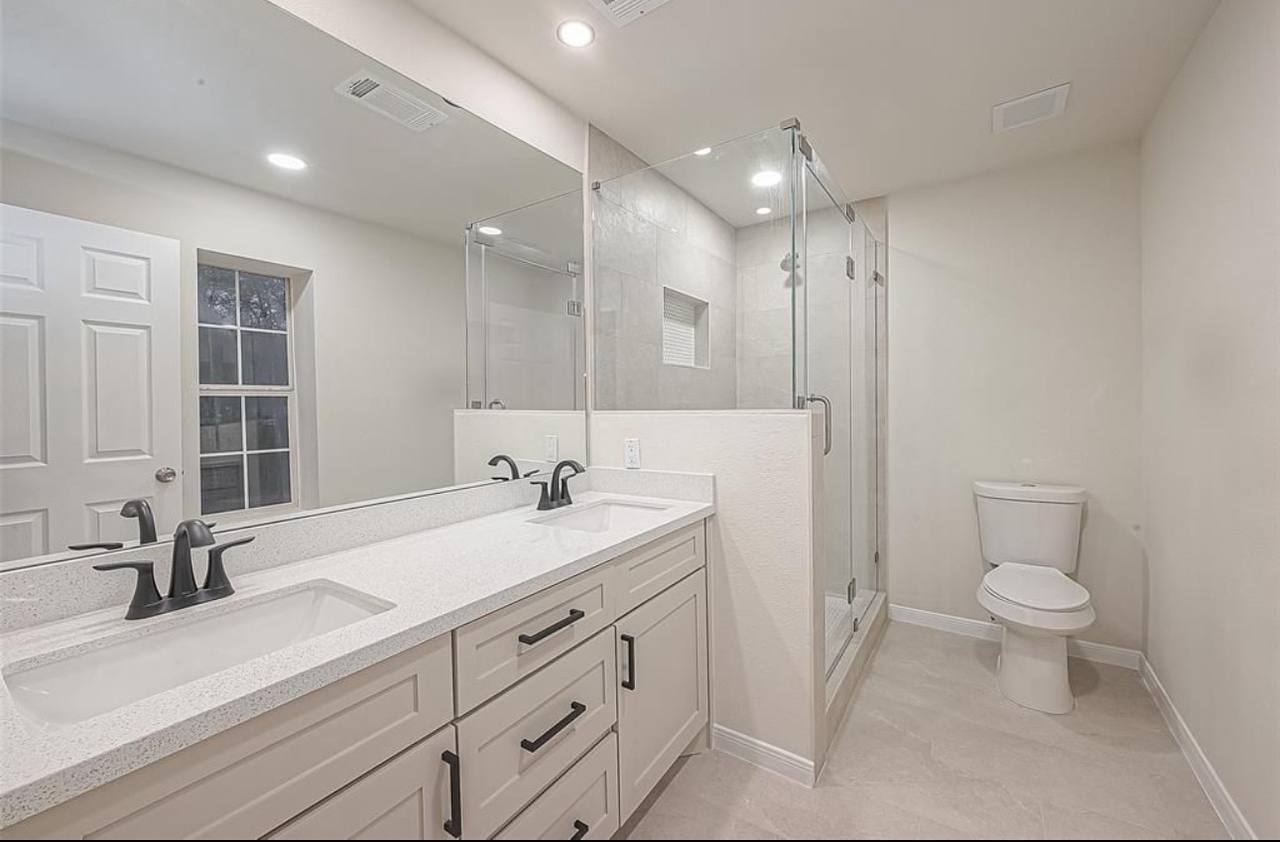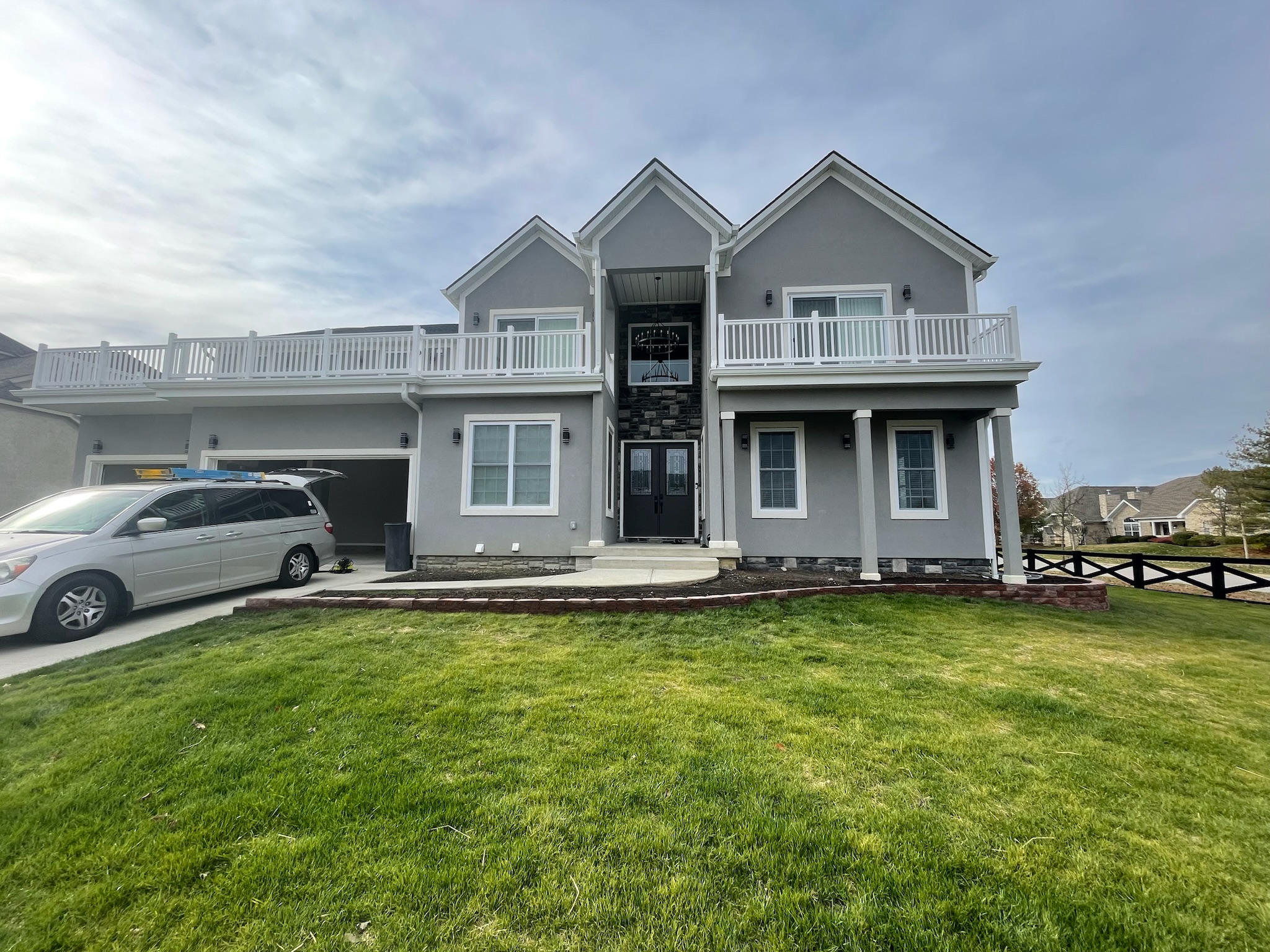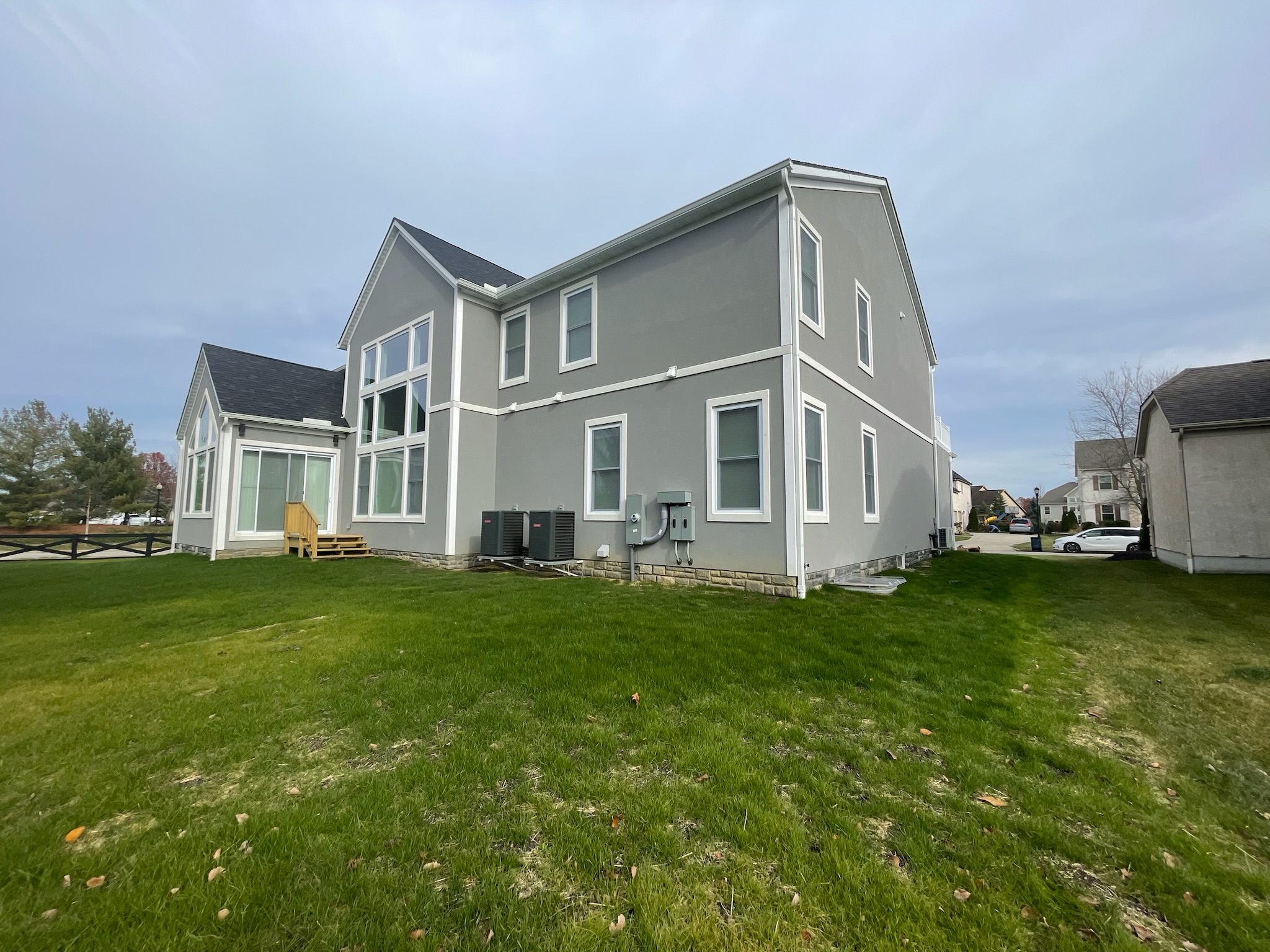Home Improvement Projects
Home improvement projects are pivotal in transforming your living space into a more functional, aesthetically pleasing environment. Whether you're embarking on a small-scale upgrade, or a full-scale renovation, proper planning and execution can significantly enhance your home's value, comfort, and appeal. This comprehensive guide offers detailed insights and practical tips to help you navigate various home improvement projects effectively.
Introduction
Home improvement projects encompass a diverse array of activities aimed at upgrading residential properties. From enhancing structural integrity to refining interior aesthetics, these projects cater to both functional enhancements and stylistic preferences. Whether you're a seasoned DIY enthusiast or prefer professional assistance, understanding the fundamentals of home improvement is crucial for achieving successful outcomes.
Basic Tools Every Homeowner Should Have
Before commencing any half or full home remodeling endeavor, equipping yourself with essential tools is paramount. Basic hand tools such as hammers, screwdrivers, and pliers are indispensable for minor repairs and installations. For more intricate tasks, investing in power tools like drills, circular saws, and sanders can expedite project completion while ensuring precision and efficiency.
Budgeting and Planning Your Project
Effective budgeting and meticulous planning are fundamental to the success of any home improvement project. Begin by assessing the scope of your endeavor, including material costs, labor expenses, and potential contingencies. Establishing a comprehensive budget allows you to allocate resources judiciously and mitigate unforeseen financial burdens. Simultaneously, outlining a detailed project timeline facilitates seamless coordination of tasks, ensuring deadlines are met without compromising quality.
Interior Upgrades
Enhancing the interior of your home enhances its ambiance and functionality, making it a more enjoyable and efficient living space. Start with foundational upgrades such as painting walls and ceilings to refresh the aesthetic appeal of each room. Consider experimenting with different color palettes and finishes to evoke desired moods and complement existing decor. Additionally, upgrading flooring materials can significantly impact both visual appeal and maintenance requirements. Opt for durable options like hardwood, laminate, or vinyl that withstand daily wear and tear while contributing to a cohesive interior design scheme.

Kitchen Renovation
The kitchen serves as the heart of the home, making it a prime candidate for transformative kitchen renovations. Enhance both functionality and visual appeal by focusing on key elements such as cabinetry, countertops, and appliances. Replace outdated cabinets with modern alternatives that offer ample storage and organizational solutions. Upgrade countertops to durable materials like granite or quartz, which combine aesthetic elegance with practical durability. Furthermore, integrating energy-efficient appliances not only reduces utility costs but also aligns with sustainable living practices, making your kitchen a more environmentally responsible space.
Bathroom Remodeling
Elevate your daily routines by transforming your bathroom into a serene sanctuary through strategic remodeling efforts. Begin by upgrading fixtures such as faucets, showerheads, and lighting fixtures to enhance functionality and aesthetic appeal. Consider replacing outdated bathtubs or showers with spa-inspired alternatives that promote relaxation and rejuvenation. Additionally, incorporating storage solutions such as built-in shelves or vanity cabinets optimizes space utilization while maintaining a clutter-free environment. Finally, prioritize ventilation and moisture management to mitigate potential mold or mildew issues, ensuring long-term durability and comfort.
Outdoor Enhancements
Enhancing your home's exterior not only boosts curb appeal but also extends your living space into the outdoors, creating opportunities for relaxation and entertainment. Start by assessing landscaping needs and incorporating elements that enhance visual appeal while requiring minimal maintenance. Native plants and shrubs not only add natural beauty but also support local biodiversity and require less water and upkeep. Additionally, consider constructing functional outdoor spaces such as patios or decks using durable materials like composite decking or natural stone. These outdoor living areas serve as versatile venues for hosting gatherings, dining al fresco, or simply enjoying moments of solitude amidst nature.
Energy Efficiency Improvements
Promote sustainability and reduce your carbon footprint by implementing energy-efficient upgrades throughout your home. Begin with insulation improvements to regulate indoor temperatures and reduce heating and cooling costs. Seal air leaks around windows, doors, and ducts to enhance thermal efficiency and maintain indoor comfort year-round. Upgrade to energy-efficient windows featuring double or triple-pane glass and low-emissivity coatings that minimize heat transfer and enhance insulation properties. Furthermore, replace outdated HVAC systems with high-efficiency models that utilize advanced technology to optimize energy consumption while ensuring optimal indoor climate control.
Smart Home Technologies
Embrace the convenience and efficiency of smart home technologies to enhance comfort, convenience, and security within your living environment. Install smart thermostats that learn your heating and cooling preferences and adjust settings automatically to maximize energy savings. Incorporate smart lighting systems that allow remote control and scheduling to minimize energy consumption while creating personalized lighting ambiance. Enhance home security with smart door locks and surveillance cameras that provide real-time monitoring and alerts for enhanced peace of mind. Additionally, integrate voice-activated assistants like Amazon Alexa or Google Assistant to streamline everyday tasks and facilitate hands-free operation of various home systems.
DIY vs. Hiring Professionals
Deciding whether to undertake home improvement projects independently or enlist professional assistance hinges on factors such as project complexity, personal skill level, and available time. While DIY endeavors can foster a sense of accomplishment and potentially reduce costs for simpler tasks, professional contractors offer expertise, efficiency, and adherence to industry standards for more complex projects. Prioritize safety and regulatory compliance by consulting licensed professionals for electrical, plumbing, or structural renovations to safeguard your home's integrity and ensure optimal results.
Safety Measures During Renovations
Maintain a safe and secure work environment during home renovations by prioritizing precautionary measures and utilizing appropriate safety equipment. Equip yourself with personal protective gear such as goggles, gloves, and respirators to shield against airborne contaminants, dust, and debris. Exercise caution when handling power tools and machinery to prevent accidental injuries or property damage. Properly dispose of hazardous materials such as lead-based paint, asbestos, or construction debris in compliance with environmental regulations to minimize health risks and environmental impact. Implement temporary barriers or signage to alert household members and visitors to potential hazards or restricted areas within the renovation zone.
Finishing Touches and Decor
Personalize your home improvement endeavors with thoughtful finishing touches and decor that reflect your unique style and preferences. Integrate artistic elements such as wall art, sculptures, or decorative accents that enhance visual interest and contribute to a cohesive interior design theme. Incorporate sustainable materials and eco-friendly furnishings to promote environmental stewardship and create a healthy living environment. Experiment with textures, patterns, and color schemes to infuse personality and warmth into each living space while maintaining functionality and comfort.
Maintenance Tips After Renovations
Preserve the longevity and performance of your home improvements by implementing regular maintenance routines and inspections. Conduct periodic checks of plumbing fixtures, electrical outlets, and HVAC systems to detect and address minor issues before they escalate. Clean and inspect exterior surfaces, roofing, and gutters to safeguard against weather-related damage and prolong structural integrity. Maintain landscaping features and irrigation systems to preserve curb appeal and support healthy plant growth. Invest in professional servicing of appliances, water heaters, and HVAC units to optimize efficiency and extend operational lifespan. By proactively addressing maintenance needs, you safeguard your investment and ensure continued enjoyment of your enhanced living environment.
Common Mistakes to Avoid While Considering Projects related to Home Improvements:
Research and Compliance:
-
Research local building codes, zoning regulations, and permit requirements before starting renovations.
-
Ensure compliance to avoid costly fines and project delays.
Comprehensive Project Planning:
-
Develop a detailed project plan with timelines, budget allocations, and contingency measures.
-
Manage resources effectively and minimize unexpected costs.
Professional Assistance:
-
Seek professional help for tasks like electrical wiring, plumbing, or structural modifications.
-
Avoid overextending personal capabilities to ensure safety and compliance.
Quality Over Cost-Saving:
Implement Proactive Strategies:
FAQs about Construction and Remodeling
What are some cost-effective home improvement projects for beginners?
Painting walls, updating cabinet hardware, and installing new light fixtures are affordable upgrades with a big impact.
How can I find reliable contractors for my home renovation projects?
Ask for recommendations from friends and family, check online reviews, and request references from contractors before hiring.
What should I consider when budgeting for a kitchen remodel?
Allocate funds for materials, labor, and unexpected expenses. Compare prices and choose durable materials that fit your budget.
Are there DIY projects that require professional assistance?
Projects involving electrical work, plumbing, or structural changes often require professional expertise to ensure safety and compliance with building codes.
How can I maintain energy efficiency after completing home improvements?
Regularly inspect insulation, seal windows and doors, and upgrade to energy-efficient appliances to sustain energy savings over time.
Conclusion
Home improvement projects represent invaluable opportunities to enhance your living environment, elevate property value, and enrich daily life experiences. Whether you're embarking on modest upgrades or ambitious renovations, meticulous planning, and attention to detail are essential for achieving optimal outcomes. By investing in quality materials, leveraging innovative technologies, and prioritizing sustainability, you create a home that reflects your lifestyle, values, and aspirations. Start your home improvement journey today and transform your living space into a personalized sanctuary that inspires comfort, functionality, and lasting enjoyment.











